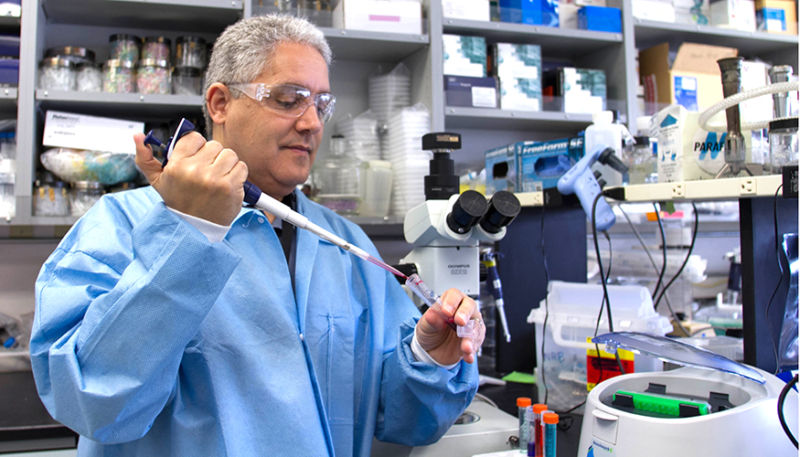Young scientists don’t have the most impact or make the biggest discoveries
Ars Technica » Scientific Method 2016-11-13

Enlarge / A little gray hair says nothing about your scientific productivity. (credit: Julie Russell/LLNL)
A scientist’s performance is often judged on two factors: productivity, as measured through the number of publications; and impact, as indicated by the number of times those papers are cited. It's generally thought that impact peaks early in a scientist's career, while having a mature, established research program boosts productivity. But little is actually known about how productivity and impact evolve over time.
In a recent investigation published in Science, people actually looked at how these measures change throughout the course of a scientist’s career, finding that our assumptions aren't always well founded.
In order to understand how performance measures change over time, the publication profiles of scientists across multiple disciplines were reconstructed. For each scientist, the number of publications and impact were recorded. The impact was captured by the total number of citations 10 years after publication. The most influential work was identified as the single paper with the most citations at that time.